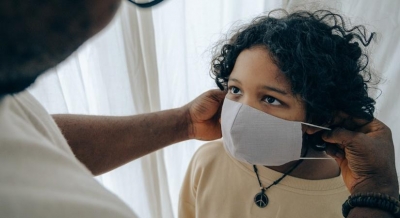Fortify urban hotspots to protect children in the third wave
By IANS | Updated: July 9, 2021 12:25 IST2021-07-09T12:15:06+5:302021-07-09T12:25:16+5:30
New Delhi, July 9 Sixteen-year-old Priyanka Rauth, along with her parents and grandmother, live in a one-room shelter ...

Fortify urban hotspots to protect children in the third wave
New Delhi, July 9 Sixteen-year-old Priyanka Rauth, along with her parents and grandmother, live in a one-room shelter in one of the most crowded slums of Kolkata. The family shares a community toilet with 12-13 other families in the neighbourhood. When her mother, the only earning member in the family, tested Covid-19 positive, she was unable to isolate herself completely in her 6 by 7 ft. shanty. The family was forced to fight the virus in their claustrophobic living conditions. Priyanka's story is not an isolated case as thousands living in urban hotspots continue to play catch-me-if-you-can with the Covid-19 virus.
Assessing the impact of the two Covid-19 waves
Since the beginning of the pandemic, urban areas have been hotspots, both globally and in India. In the past four to five months, the immediate peri-urban areas and rural hinterland surrounding these urban hotspots have also begun reporting infected cases. India currently ranks second among the top five countries with the highest active Covid-19 cases. With 20,26,092 active cases
Disclaimer: This post has been auto-published from an agency feed without any modifications to the text and has not been reviewed by an editor
Open in app